
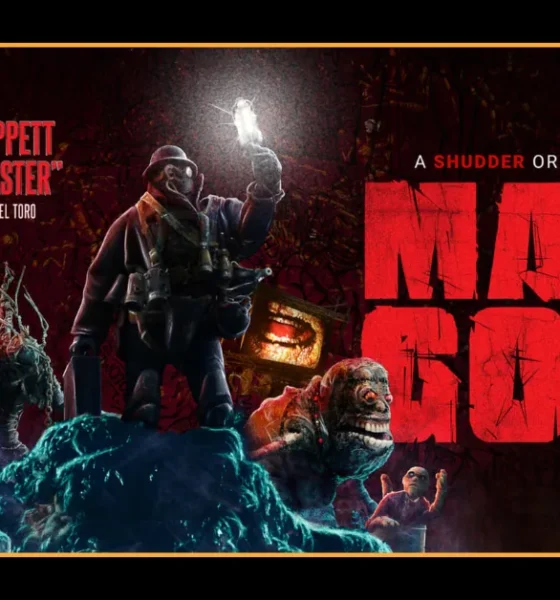
review
A Mind-Bending Masterpiece of Stop-Motion Nightmare
MAD GOD
MAD GOD, Phil Tippett’s magnum opus, is a stop-motion nightmare that plunges viewers into a world of unparalleled visual insanity. This long-awaited passion project from the Oscar-winning visual effects maestro delivers a mesmerizing journey through a dystopian hellscape that defies description and pushes the boundaries of animated filmmaking.
A Feast for the Eyes
From the opening frames, MAD GOD assaults the senses with its intricate, handcrafted visuals. Tippett’s mastery of stop-motion animation is on full display, bringing to life a grotesque and beautiful world teeming with nightmarish creatures and surreal landscapes. Every frame is packed with detail, rewarding repeat viewings and revealing new horrors with each watch.
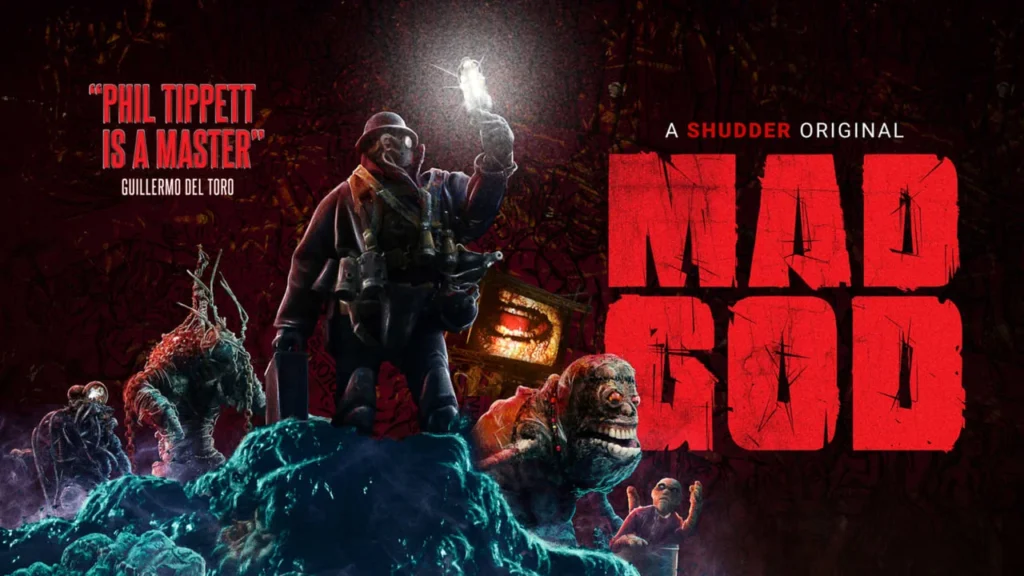
A Symphony of Chaos
The film’s soundtrack, a cacophony of industrial noise and unsettling ambiance, perfectly complements the on-screen chaos. The absence of dialogue only heightens the visceral impact of the visuals, allowing viewers to become fully immersed in this twisted reality.
Narrative Abstraction
While MAD GOD eschews traditional storytelling, its loose narrative follows an unnamed protagonist descending through layers of a hellish world. This abstract approach to plot allows Tippett’s imagination to run wild, creating a series of interconnected vignettes that build to a mind-bending climax.
Themes of Creation and Destruction
Beneath its surface of grotesquerie, MAD GOD explores profound themes of creation, destruction, and the cyclical nature of existence. Tippett’s stop-motion nightmare serves as a dark mirror to our own world, reflecting societal anxieties and the human condition through its distorted lens.
A Triumph of Dedication
The sheer scope of MAD GOD is a testament to Tippett’s unwavering vision and dedication. Decades in the making, this labor of love pushes stop-motion animation to its limits, creating a singular work of art that will be studied and dissected for years to come.
Conclusion
MAD GOD is a cinematic experience like no other. Phil Tippett’s stop-motion tour de force is a must-see for animation enthusiasts, horror fans, and anyone seeking a truly unique and transformative film experience. It’s a reminder of the power of practical effects and the boundless possibilities of animation when wielded by a master of the craft.
Streaming
MAD GOD streams on SHUDDER now (subject to change)

review
The Glass Dome
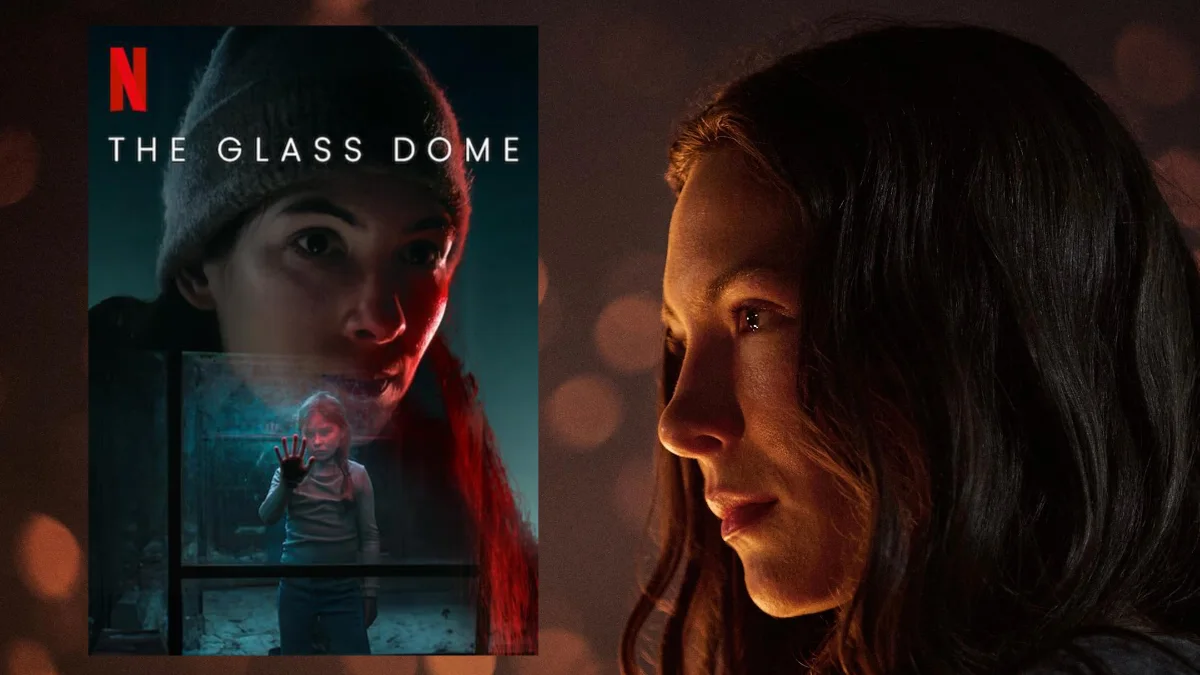
Summary
The Glass Dome is a Swedish mini-series centered on Lejla, a traumatized criminologist who returns to her hometown and becomes entangled in a chilling mystery involving a missing child and echoes of her own abduction. As the story unfolds, the psychological thriller intensifies with twists, strong performances, and haunting Scandinavian scenery. A gripping Nordic drama, it balances emotional depth with atmospheric suspense, making it a standout recommendation for horror and mystery fans
The Swedish mini-series The Glass Dome follows Lejla (Leonie Vincent), a criminologist who returns from the United States to her small hometown of Grånas, Sweden, for the funeral of her adoptive mother. Lejla’s past is marked by deep trauma—she was abducted as a child and held captive for nearly a year before managing to escape. During her disappearance, her biological mother died by suicide, overwhelmed by grief. Lejla was then adopted by Valter (Johan Hedenberg), the police investigator who handled her case, and his wife Anne-Marie.

Upon returning home, Lejla finds the community in turmoil. The expansion of a local mine, managed by Said (Farzad Farzaneh), has sparked environmental and social unrest. Things take a darker turn when Said’s wife and Lejla’s childhood friend, Louise, is found dead—an apparent suicide. But their young daughter Alicia (Minoo Andacheh) has also gone missing and when her neatly folded clothes are discovered at the entrance to one of the mines, it becomes clear that she’s been abducted.
Initially, suspicions fall on upset locals seeking revenge for the mine’s environmental damage—especially when Louise’s death is ruled a staged suicide. But when another girl disappears, Lejla begins to fear that her own childhood captor may be at large once again. With the help of her adoptive father Valter and her enigmatic uncle Tomas (Johan Rheborg), Lejla races to uncover the truth before it’s too late.
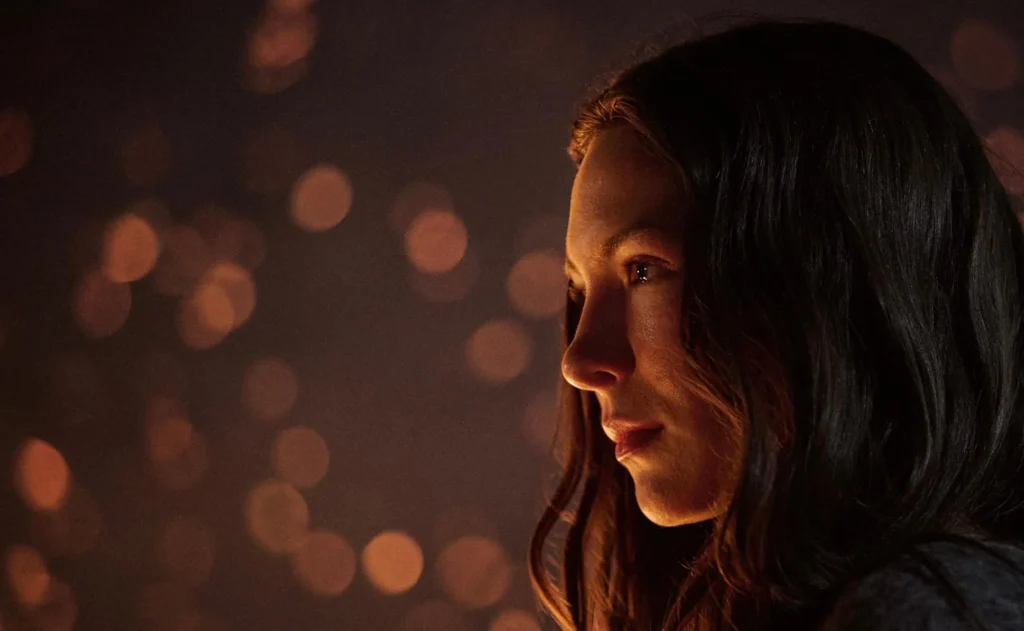
This Nordic thriller, with its eerie atmosphere and psychological horror elements, is absolutely riveting. The narrative is rich with twists and turns—just when you think you’ve figured it out, the story pivots in a new direction. But it never feels convoluted. Every piece fits together in a chilling but satisfying conclusion.
The acting is exceptional. Vincent delivers a compelling performance as Lejla, skilfully portraying a woman haunted by her past yet determined to save others from a similar fate and in conclusion resolve her own ghosts. Rheborg and Hedenberg are equally strong in their roles, grounding the series in emotional authenticity. The haunting tone, paired with bleak and beautiful Scandinavian landscapes, adds to the overall atmosphere of quiet dread.
Final Verdict
While The Glass Dome is not a traditional horror series, it’s a must-watch for horror lovers. Its psychological undertones, unsettling mystery, and suspenseful pacing slot it perfectly into the more subtle realms of the genre. Nordic thrillers rarely disappoint, and this one is no exception. Plus, for those who shy away from subtitles, it’s available dubbed in English on Netflix. Don’t miss it.
review
It Feeds
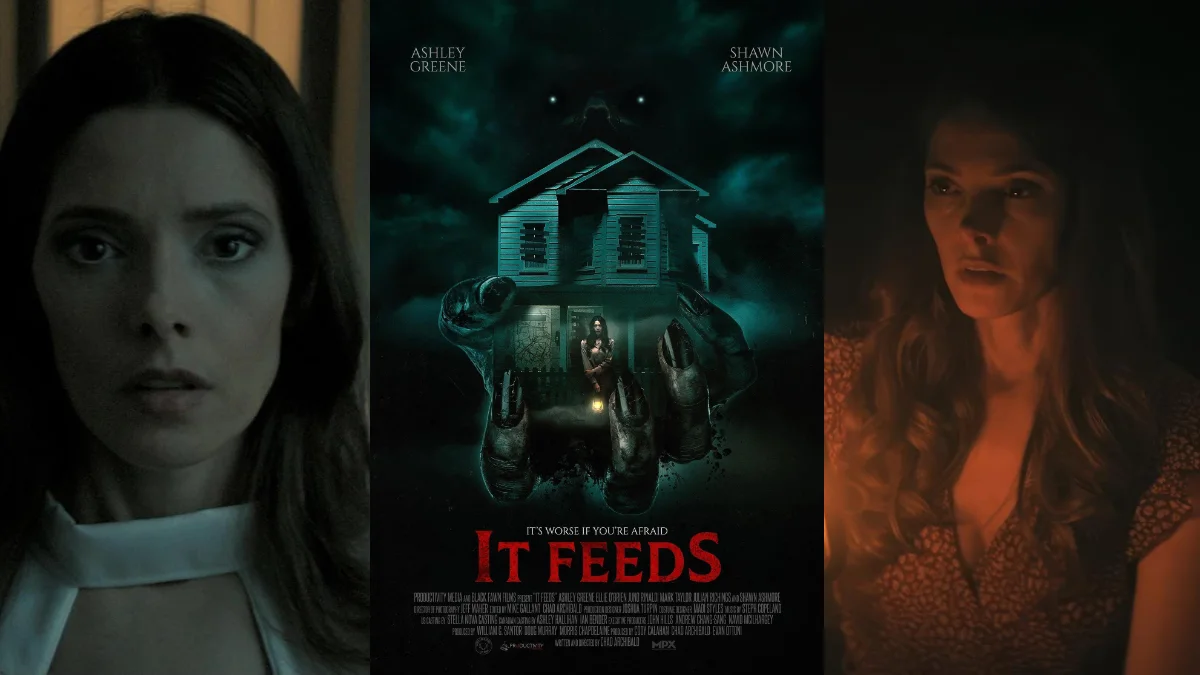
Summary
It Feeds follows therapist and psychic Cynthia Winstone as she encounters a malevolent entity attached to a new patient, Riley, sparking a terrifying series of events. While the film delivers striking visuals and a creepy creature design, its plot suffers from disorganization and mismatched stylistic choices. Despite its flaws, the film marks director Chad Archibald as a promising talent in horror.
Cynthia Winstone (Ashley Greene) is a therapist and psychic medium who helps her patients recover from past trauma. Her daughter, Jordan (Ellie O’Brien), works as her assistant, though she’s unsure if she’s inherited her mother’s abilities. Her father, also a medium, tragically died due to negative forces.
One afternoon, a distressed girl named Riley Harris (Shayelin Martin) arrives at their home, desperate for help. Her father, Randall (Shawn Ashmore), was referred to Cynthia by a former patient, Agatha (Juno Rinaldi). While Jordan begins taking Riley’s case history, Cynthia enters the room and is immediately horrified by the entity feeding off Riley. Refusing to treat her, Cynthia is visibly shaken—relieved when Randall suddenly arrives to take his daughter away. But Jordan can’t shake the encounter, and what follows is a dark and dangerous confrontation with both supernatural and human threats.
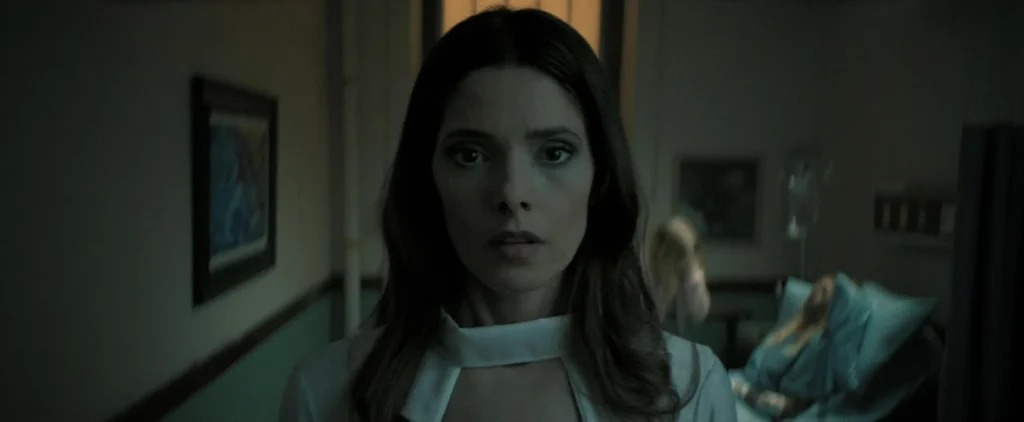
Writer and director Chad Archibald shows promise in the horror space with It Feeds. While the film has moments of tension and visually striking effects—particularly the demonic entity, which is genuinely unnerving for horror newcomers—the narrative often feels cluttered and chaotic. It tries to juggle too many elements, losing focus in the process.
One major distraction is the baffling costuming. In pivotal scenes—especially during confrontations with the entity—the Gothic wardrobe choices for Cynthia and even Riley feel out of place and unintentionally comical. These costume choices don’t serve the story and feel like a misplaced attempt at visual flair that ultimately detracts from the atmosphere.
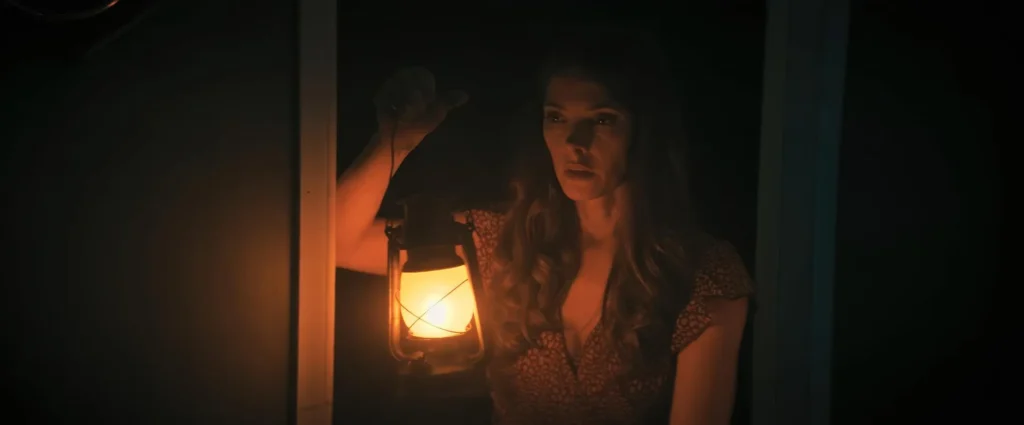
It Feeds comes across like a mix of Insidious, It Follows, and The Conjuring, tossed together in hopes of capturing that familiar formula. With a more streamlined plot and clearer direction, it could have been much more effective. The acting is decent but doesn’t particularly stand out, though the creature design is a clear highlight and arguably the strongest part of the film.
Final Verdict
While It Feeds may satisfy those new to horror, it doesn’t bring much innovation for seasoned fans of the genre. That said, Chad Archibald’s potential is clear. With a tighter script and more focused vision, his future projects could be well worth watching. I’ll definitely be keeping an eye out for what he does next.
review
Dead Mail
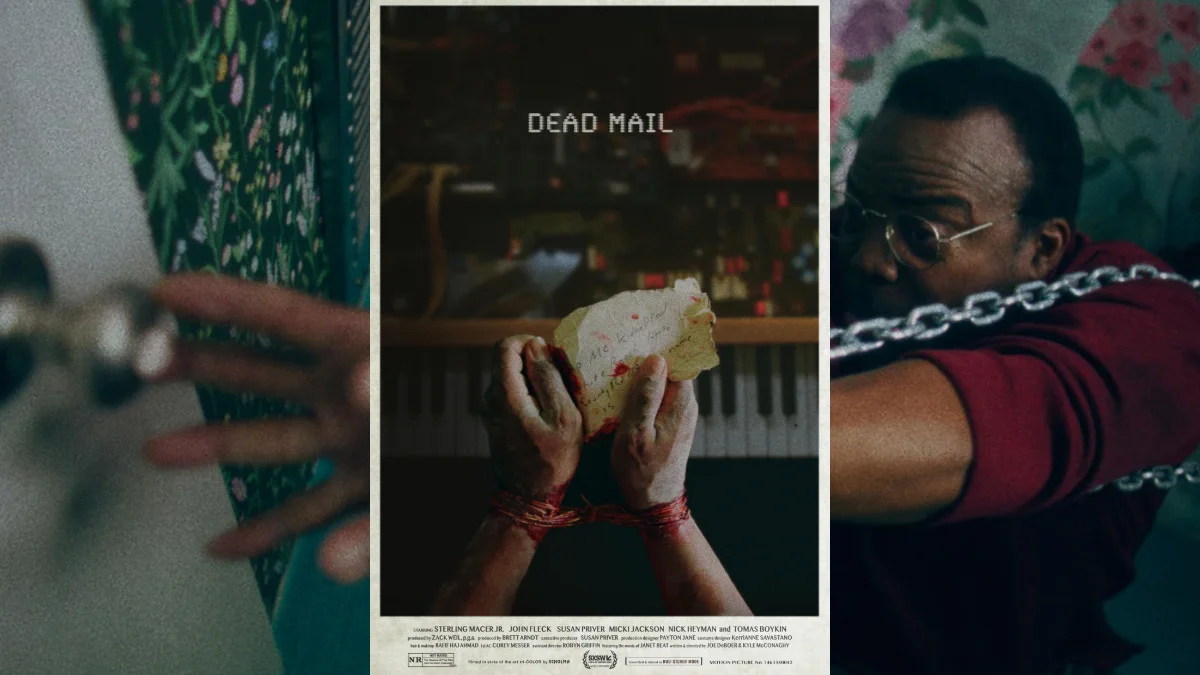
Summary
Dead Mail is a noir-inspired indie horror film set in the 1980s, following a kidnapped man whose plea for help reaches a postal investigator. While the film successfully captures the visual style of the era, it lacks originality and emotional engagement. Despite strong poster art and a creepy performance by John Fleck, the reviewer ultimately found the film disappointing.
Dead Mail follows Josh (Sterling Macer Jr.), a kidnapped keyboard technician who manages to slip a desperate note for help into a mailbox just before being knocked unconscious by his captor, Trent (John Fleck). That note ends up in the hands of a dead letter investigator at the post office, setting the story in motion. The film, set in the 1980s, embraces the era with a visual style that mimics the grainy texture of movies from that time.
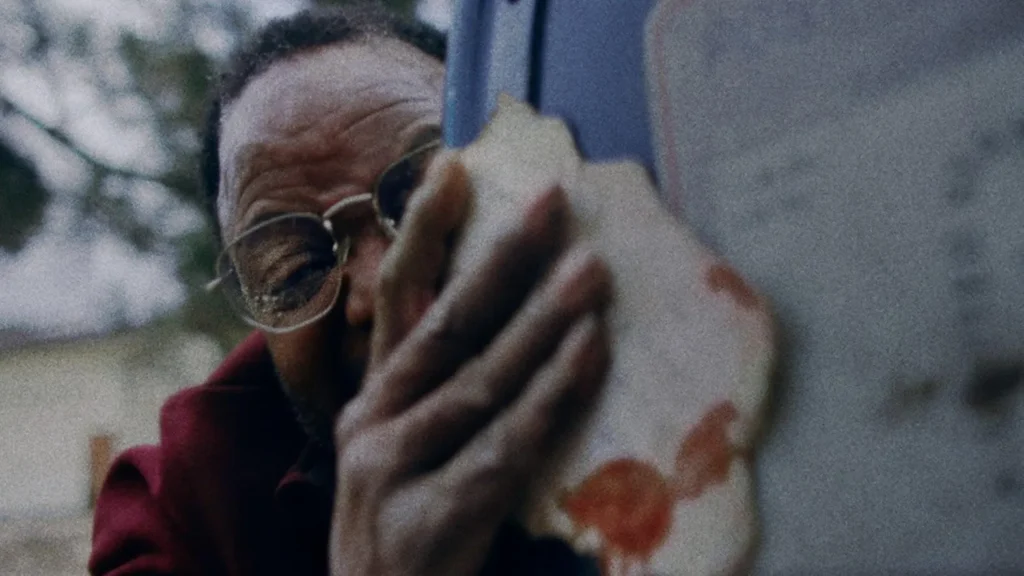
Now, don’t get me wrong—I love the ’80s. That was my time. And the decade gave us a treasure trove of horror films that still hold up today. But if I want to watch an ‘80s horror movie, I’ll revisit the classics. I don’t need a modern imitation that doesn’t offer anything new.
Written and directed by Joe DeBoer and Kyle McConaghy, Dead Mail unfortunately brings little innovation to the horror genre. It’s an indie film that, for me, fell flat. I genuinely tried to find something redeeming about it, but it just didn’t land. The acting was average, the storyline lacked intrigue, and I never felt truly invested in what was unfolding on screen.
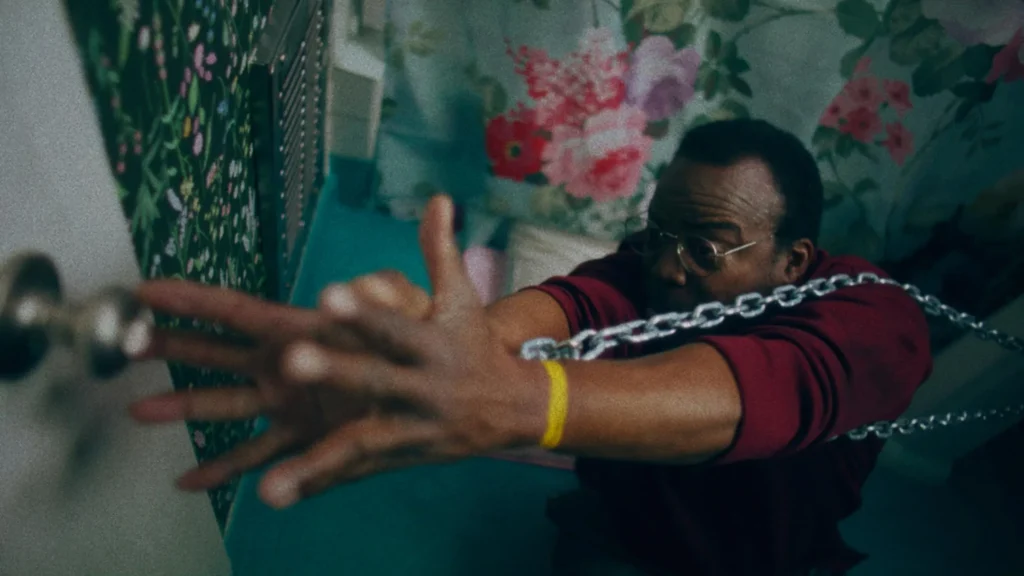
That said, the poster art was fantastic—it did its job in grabbing attention and creating initial curiosity. And to be fair, getting a film made is no small feat. I’m not denying that DeBoer and McConaghy have talent, and with a stronger, more developed story, I believe they could deliver something much more impactful. I would still give another one of their films a chance in the future.
For some viewers, the noir-horror hybrid approach may appeal. The effort to recreate the feeling of an old film was well executed, and John Fleck certainly brings a creepy energy to the screen. But for me, it wasn’t enough to elevate the film into something memorable.
Final Verdict
I wouldn’t waste my time. While I fully support indie film making and often find hidden gems in the genre, Dead Mail just isn’t one of them. I walked away disappointed.

 review11 months ago
review11 months agoSalem’s Lot (2024): a Review

 on disc11 months ago
on disc11 months agoSecond Sight’s 4K Release of The Hitcher

 news10 months ago
news10 months agoWitchboard Remake Terrifies Audiences

 review11 months ago
review11 months agoIncantation 2022 Horror Movie on Netflix

 review8 months ago
review8 months agoLes Chambres Rouges (Red Rooms)

 on disc11 months ago
on disc11 months agoVillage of the Damned 4K: A Chilling Classic Reborn

 review11 months ago
review11 months agoSAW X (2023) – A Worthy Sequel That Revitalizes the Franchise

 review10 months ago
review10 months agoNetflix’s Zodiac Killer Series: Anticipation Builds for True Crime Thriller





























